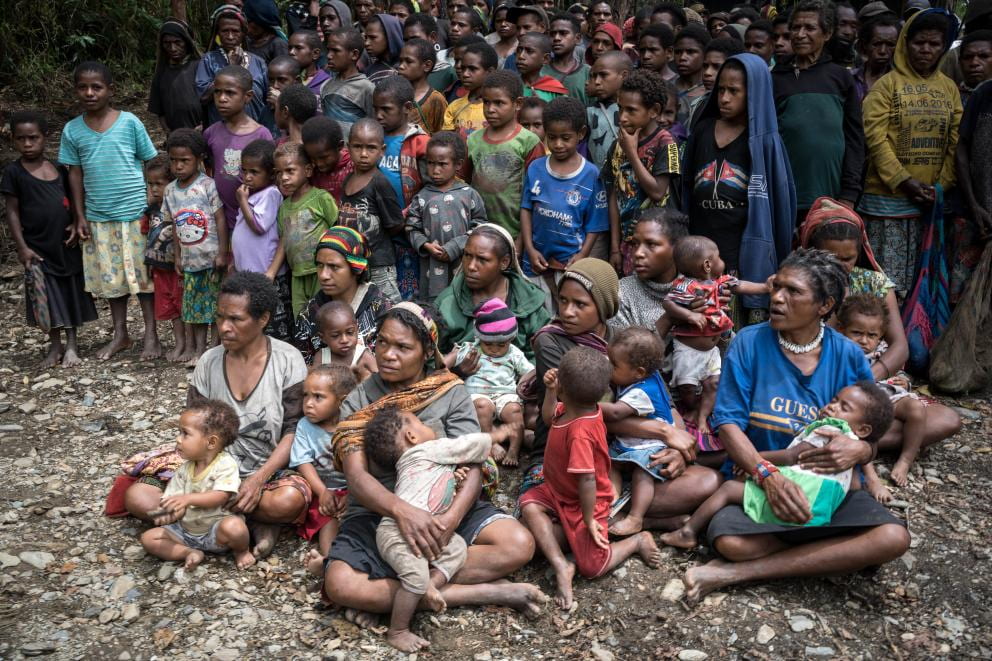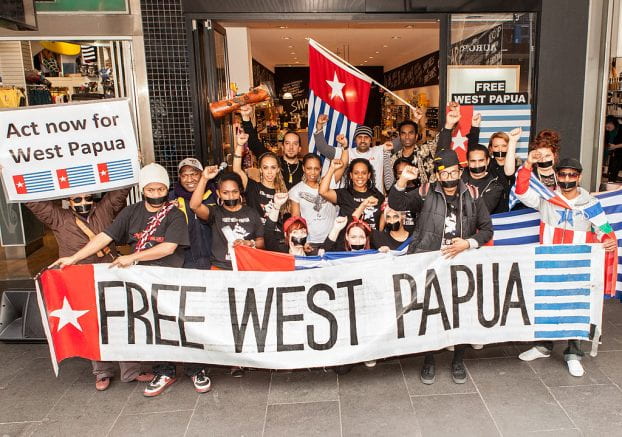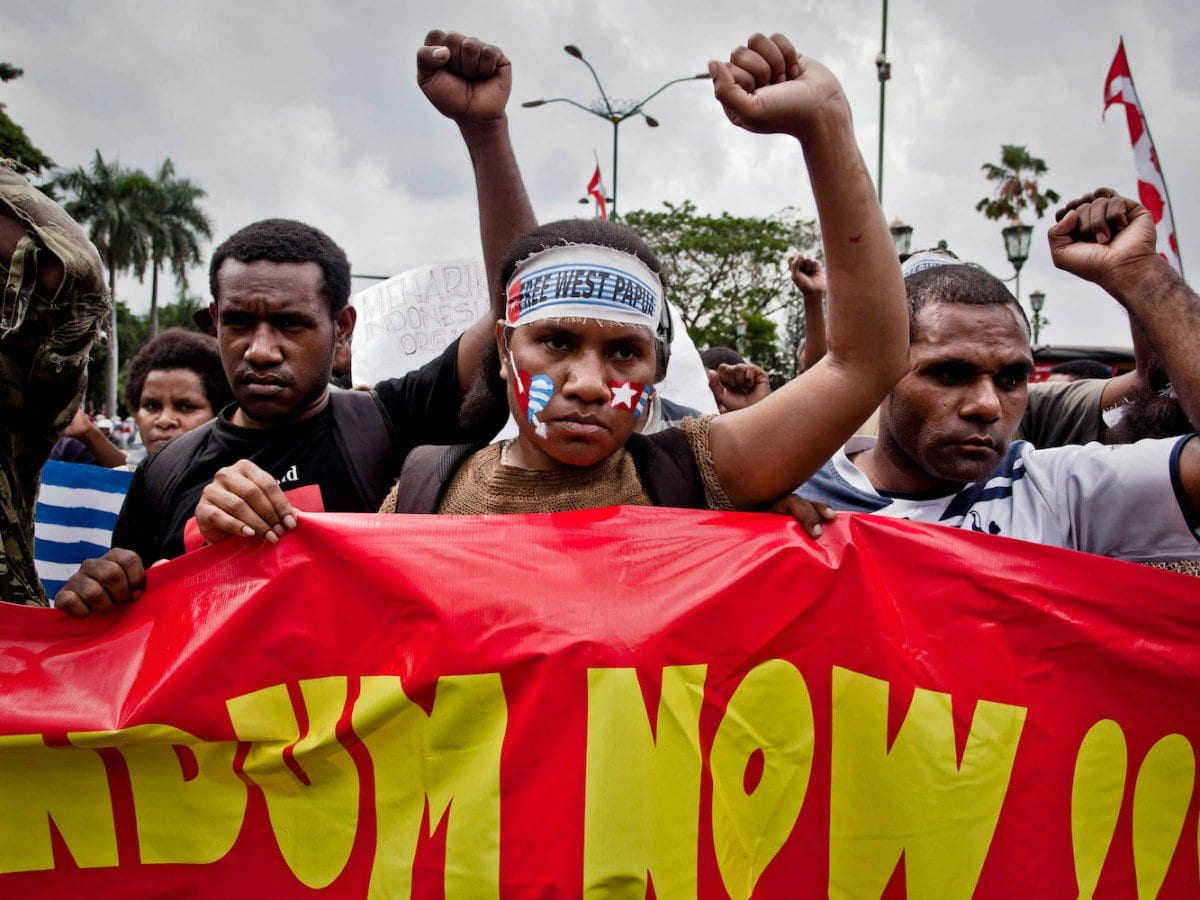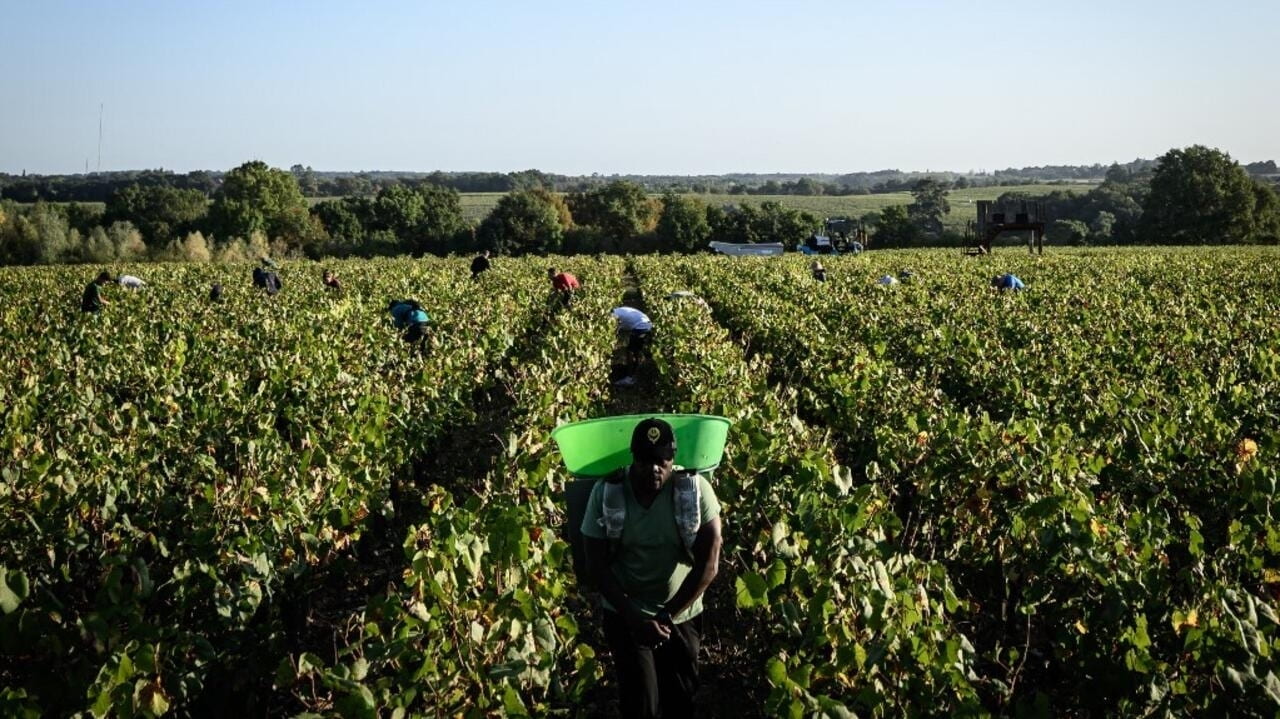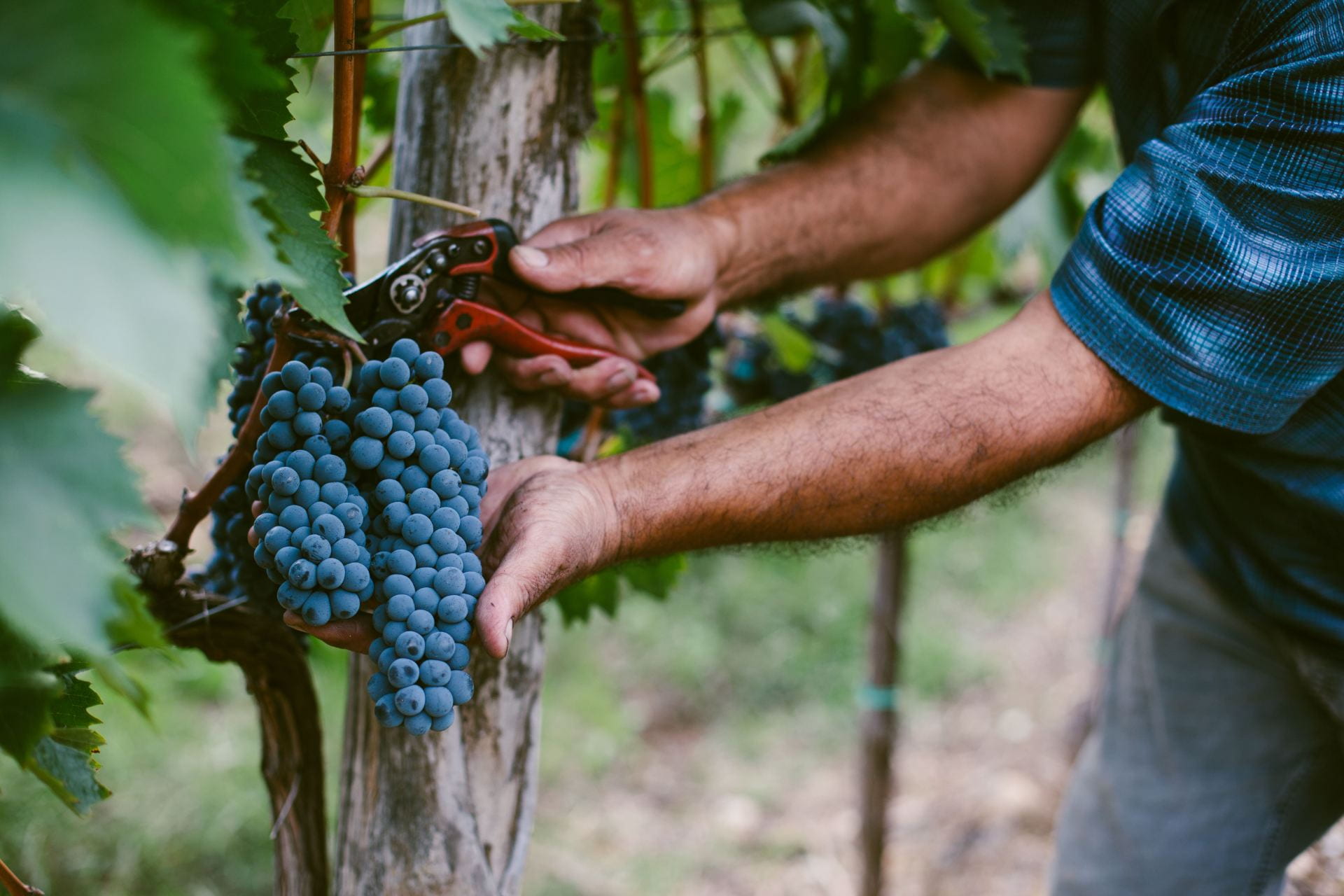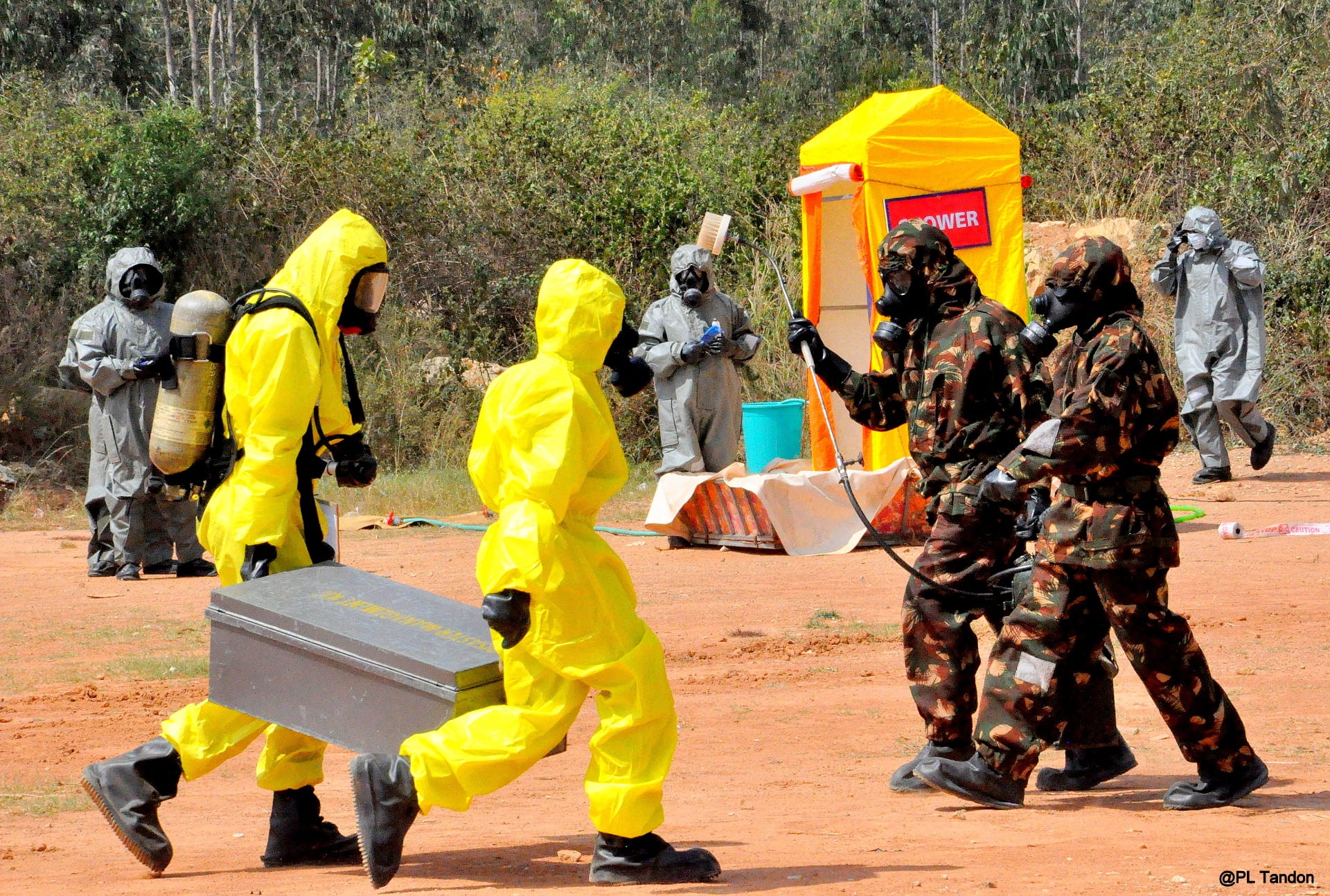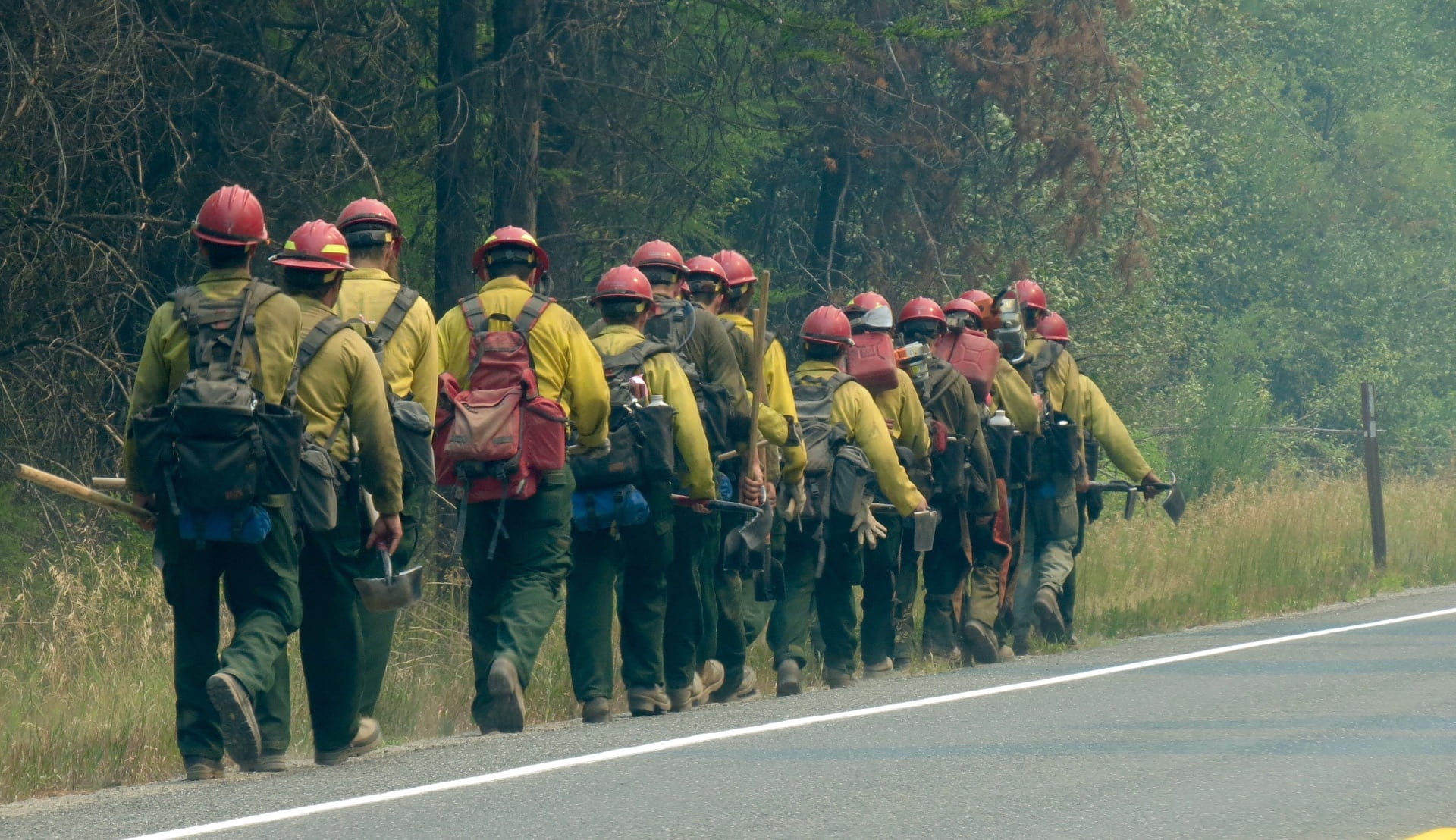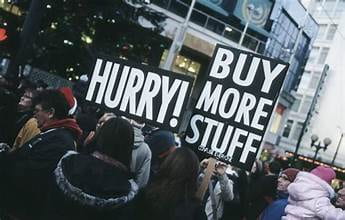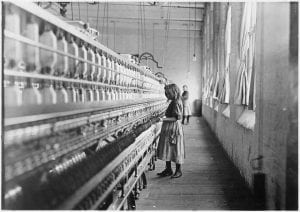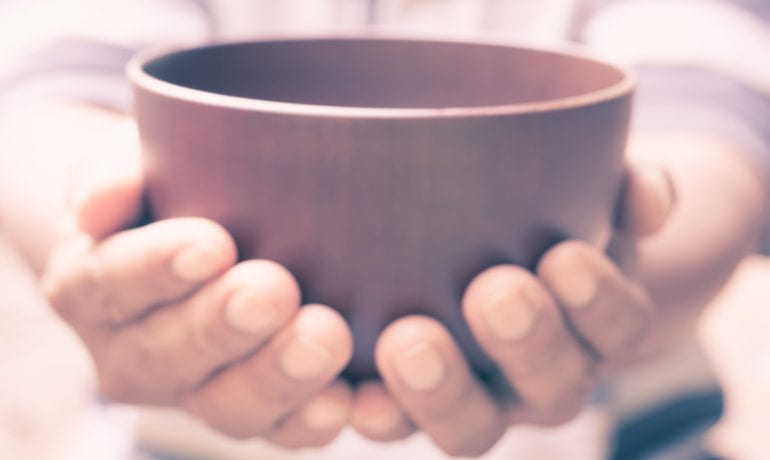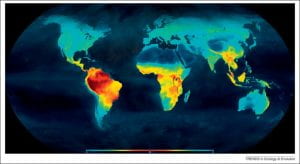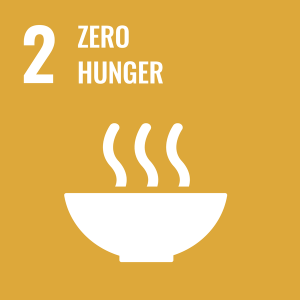If someone offered to pay you to keep trees thriving in your backyard, would you take the deal? This is the new idea proposed by Brazil to tackle climate change, starting with trees.
Prioritizing environmental sustainability has been a challenge in Brazil over the past few years. In contrast to its predecessor, the new administration has expressed its desire to restore sustainability efforts and implement stronger tree protection policies.

Background on the Amazon
Looking back at history, the reasons for implementing financial incentives to protect trees date back to the 1970s. Under a military dictatorship then, Brazil had clear plans to develop and integrate the Amazon into the national economy by increasing agriculture and cattle breeding in the region. To achieve this, the government incentivized people to move and start their own agricultural villages deep within the forest. Following the dream of expanding land and conquering the Amazon, Brazil continued to utilize the forest for economic development by building highways, allowing farmers to settle and work their way into the forest.
The rhetoric of using the Amazon for national economic profit was put on hold when President Luiz Inacio “Lula” da Silva took office in 2003. Then, several steps were taken to protect the Amazon. Little by little, legal protections were put in place, with the help of Marina Silva, who was appointed to the environment ministry in 2003 to set up a plan to deal with deforestation. At the time, only 28% of the forest was protected. Therefore, the government expanded protections by demarcating Indigenous territories, adding reserves where business activity was banned, and increasing the land where nut harvesting and rubber-tapping took place because of their low contamination and impact on the forest. To find a balance between economic profit and sustainability, the environment ministry stretched law protections to 47% of the Amazon. What’s more, the budget for the Brazilian Institute of Environmental and Renewable Natural Resources (IBAMA)—a police agency that investigates people committing illegal deforestation—also increased.
By 2012, Brazil made significant progress towards sustainable solutions. What once was a call of worry by world news over the rapid deforestation shifted to optimism about the Amazon’s recovery. As awareness of the rainforest’s significance grew, so did the public uproar. Luciana Gatti, senior researcher at Brazil’s National Institute for Space Research, emphasized the Amazon’s critical role in absorbing CO2. However, due to deforestation, the Amazon is reaching a turning point where it will emit more carbon than it absorbs. Unfortunately, when Jair Bolsonaro took office in 2019, his policies revived the development-focused rhetoric of the 1970s. Bolsonaro, known for being a critic of environmental protection, rejected the idea that the Amazon is the heritage of humanity, insisting that it belongs to Brazil and to Brazil only.
During the 2018 campaign, Bolsonaro vowed not to designate “one more centimeter” of Indigenous territory. Human Rights Watch puts Bolsonaro’s agenda in perspective. With 241 Indigenous territories awaiting demarcation, illegal logging, mining, and land grabbing in Indigenous lands increased by 137 percent in 2020 compared with 2018. The non-profit Socio-Environmental Institute (ISA) reported that deforestation in Indigenous territories during Bolsonaro’s first three years in office increased by 138 percent compared to 2016-2018. What’s more, the Report Violence Against Indigenous Peoples in Brazil linked high COVID-19 deaths to the government’s poor response and lack of monitoring in the Amazon. As a result of government negligence, invaders committing illegal activities in the area spread the virus through Indigenous villages.
In addition, Bolsonaro’s administration reversed several environmental policies, weakening IBAMA. The agency experienced budget cuts of up to 30 percent from 2019 to 2020 and decreased staff by 55 percent during the same year.

Overall, indigenous territories became more vulnerable thanks to weakening agencies and relaxed environmental regulations.
The Secretary for Indigenous Peoples Acre State Government, Francisca Arara, continues to emphasize how critical Indigenous people are to preserving the forest and to guard and provide protection services that benefit everyone. Arara also explains that among the helpful laws that have pushed the improvement in deforestation are the jurisdictional programs such as the REDD+ program, the SISA law, and the demarcation of territories, all of which promote sustainable use of land and natural resources, and give Indigenous people autonomy and over spaces they know how to take care of best.
What is the plan?
After a change in leadership, Brazil proposes a fund of $125 billion to pay developing countries for the trees they protect. In other words, it is an incentive to stop deforestation. The Tropical Forests Forever Facility or T.F.F.F would be an investment-based fund, not financed by donations per se. The plan is to follow a bank’s framework: get deposits and reinvest them for a profit. It would look like this: Rich nations and big philanthropies would loan $25 billion to T.F.F.F, which would be repaid with interest.
The money invested would help attract $100 billion from private investors. Then, the fund would reinvest the $125 billion in a portfolio that could generate enough returns to repay investors. The excess would be used to pay for about 70 developing countries based on how much healthy tropical forest they still have. The countries that receive funds would be paid $4 per hectare of land with old-growth or restored trees and would incur a $400 fee for each hectare of forest lost.
Some of the controversies or pushbacks surrounding the project are part of figuring out the program’s logistics: the risk of subjecting the funds to the swings of financial markets, the controls and regulations of how the money will be spent, etc.
The environment as a human right
Recognizing a healthy environment as a human right is a relatively recent development. International agreements, such as the 1989 Convention on the Rights of the Child, acknowledge the importance of a clean and healthy environment for a good standard of living. These agreements emphasize the government’s responsibility to take action against environmental pollution and its risks. According to the UN Committee on Economic, Social, and Cultural Rights, the right to health should be extended to those factors that determine good health, such as access to safe drinking water and sanitation.
However, debates continue regarding how to define and codify into law the rights of nature, as well as challenges of jurisdiction and resource availability and allocation at the local and international levels.
In 2022, the UN declared a healthy environment a human right. While this declaration is not legally binding, it reinforces the notion that a clean and sustainable environment is essential to a dignified standard of living.
A promising approach to addressing environmental degradation is using financial incentives to combat deforestation. This model means hope for developing countries that face a difficult choice between economic growth and ecological conservation. To the greediest, making money over some trees may be tempting. Initiatives like the T.F.F.F seem to be a forward-thinking funding mechanism that could be applied to fund programs and organizations worldwide to solve human rights issues. Encouraging global collaboration on environmental protection promotes the recognition of a healthy environment as a fundamental human right.



















